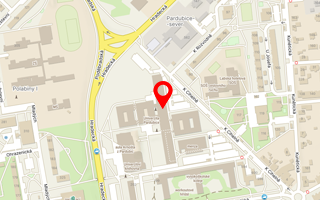Utilization of CO2 and heat from flue gases produced by cogeneration engine from biogas plant and its effect on CO2 removal
Provider: Technologická agentura České republiky
Programme: THÉTA 2 - 2. veřejná soutěž
Implementation period: 01.07.25 - 30.06.30
Workplace:
Fakulta chemicko-technologická - Ústav enviromentálního a chem. inženýrst
Investigator: Weidlich TomášTeam member: Jašúrek Bohumil | Kašparová Jana | Filipi Michaela | Svobodová Markéta | Vališ Jan
Description:
Development of methods for capturing and utilization of CO2 from the flue gas of biogas plants (Carbon Dioxide Removal CDR or Carbon Capture and Use CCU). Three research teams in cooperation with industrial partners will develop a CO2 capture method using advanced rotating technology (Rotating Packed Bed) with chemical absorption. Two classes of absorbents will be chosen for absorption: The first will be potassium carbonate (potash) and subsequent direct use with absorbed CO2 for the production of humic acids to improve the quality of agricultural land and return carbon and potassium into the soil. The second will be absorbents based on amines (MEA, MDEA) using captured and subsequently released (in the desorber) CO2 for carbonation, i.e.hardening of prefabricated products using CO2.
Development of methods for capturing and utilization of CO2 from the flue gas of biogas plants (Carbon Dioxide Removal CDR or Carbon Capture and Use CCU). Three research teams in cooperation with industrial partners will develop a CO2 capture method using advanced rotating technology (Rotating Packed Bed) with chemical absorption. Two classes of absorbents will be chosen for absorption: The first will be potassium carbonate (potash) and subsequent direct use with absorbed CO2 for the production of humic acids to improve the quality of agricultural land and return carbon and potassium into the soil. The second will be absorbents based on amines (MEA, MDEA) using captured and subsequently released (in the desorber) CO2 for carbonation, i.e.hardening of prefabricated products using CO2.
